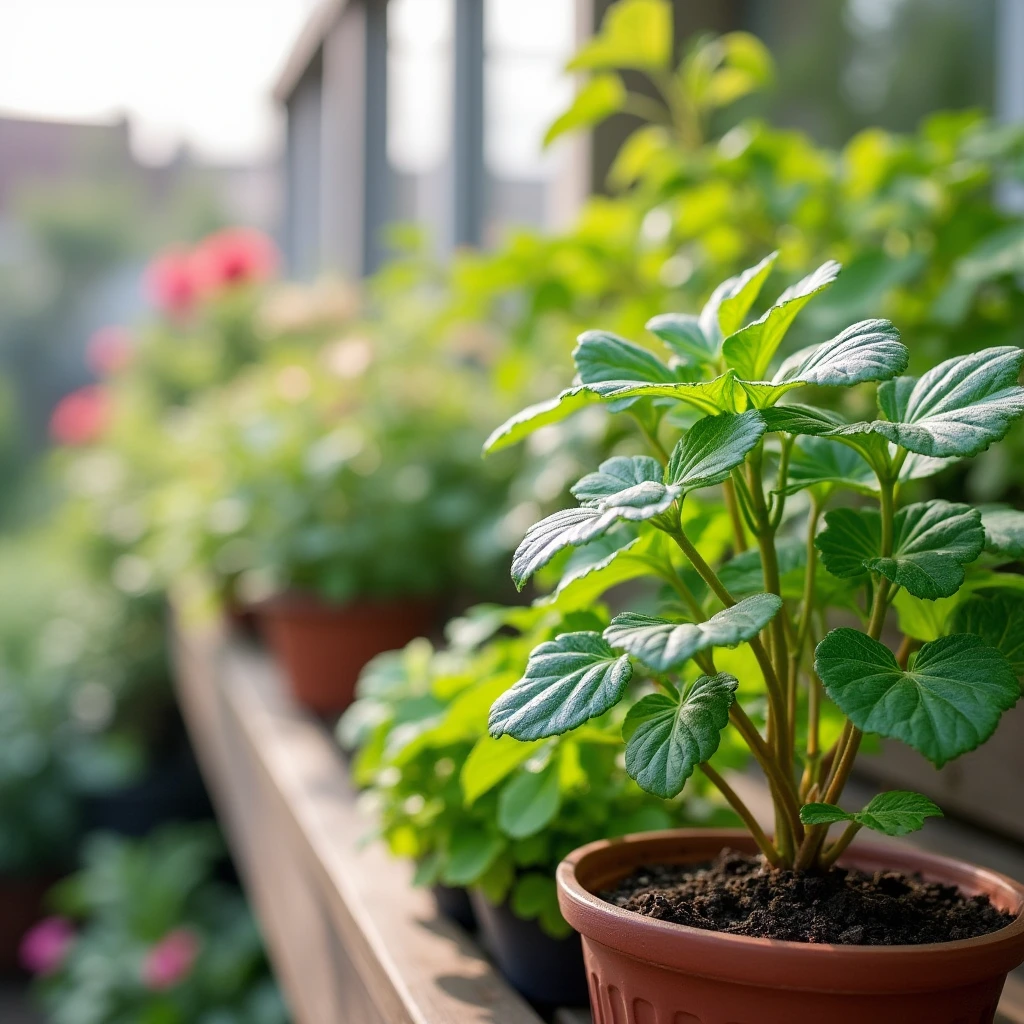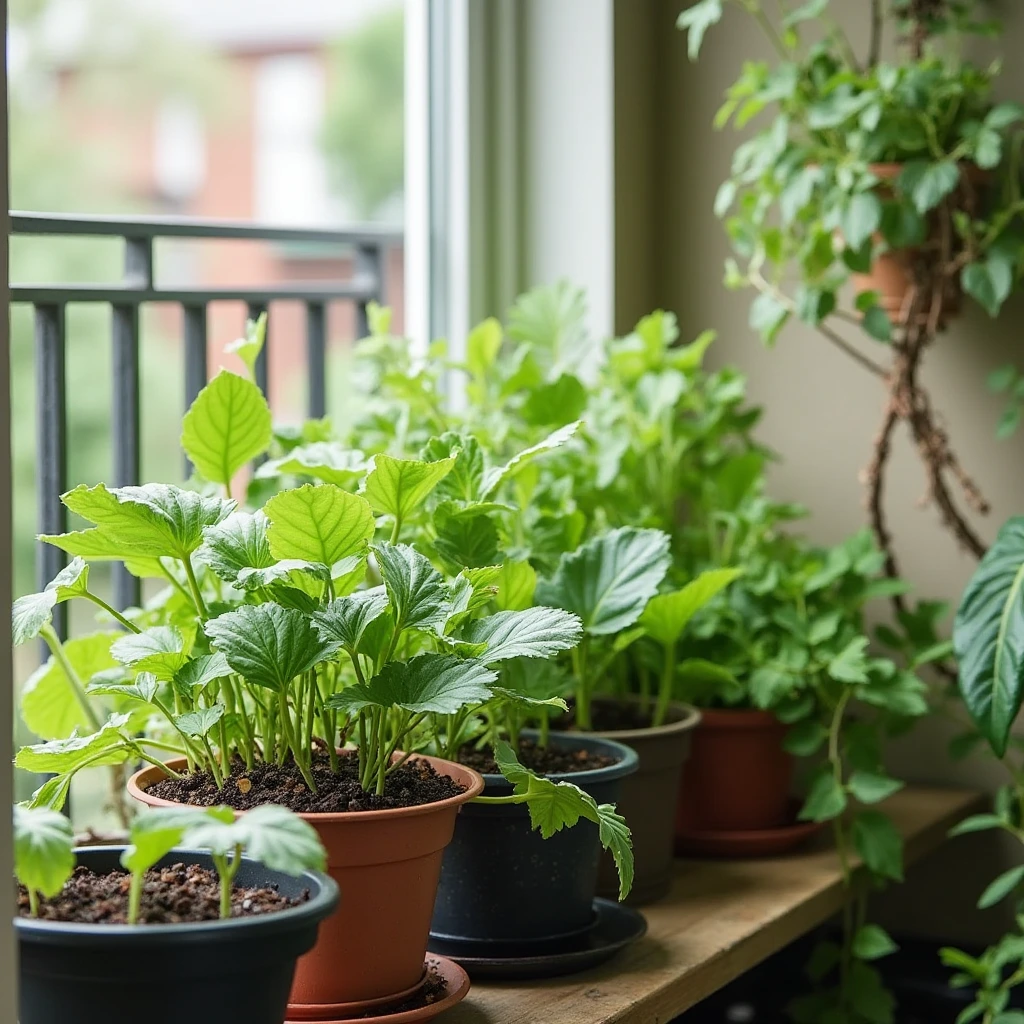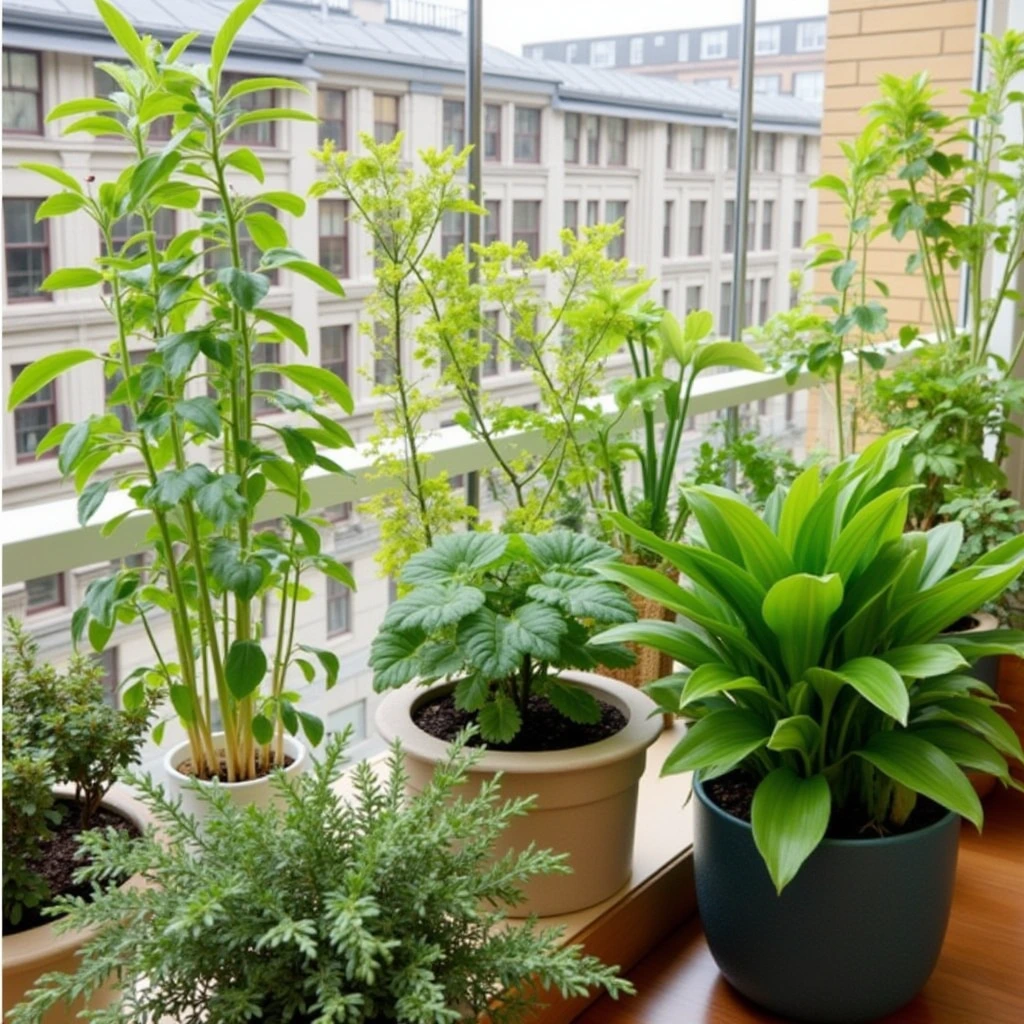The Ultimate Guide to Starting a Small Balcony Garden
Even if you live in a small apartment or a high-rise building, a balcony can become your personal green sanctuary. Balcony gardening is more than just decoration—it brings relaxation, clean air, and even fresh produce right outside your window. Whether you’re new to gardening or already have a green thumb, this guide will help you start your own balcony garden easily and sustainably.
![]()
1. Assess Your Space and Light
Start by observing how much sunlight your balcony receives throughout the day. South-facing balconies get the most light, ideal for sun-loving plants like tomatoes, basil, and lavender. North-facing ones, on the other hand, suit shade-tolerant plants such as ferns, lettuce, and mint. Measure your space and note any obstacles like railings or air conditioners that may block light or airflow.
2. Choose the Right Containers
Containers are the foundation of your balcony garden. Choose lightweight pots or vertical planters if space is tight. Terracotta pots provide great drainage but can be heavy. Recycled containers, hanging baskets, or even wooden crates can be repurposed for a rustic and eco-friendly look. Make sure every pot has drainage holes to avoid root rot.

3. Select the Best Plants for Your Balcony
Pick plants that thrive in your local climate and light conditions. Popular balcony-friendly plants include herbs like basil, mint, and thyme; flowering plants like petunias and marigolds; and compact vegetables such as cherry tomatoes, peppers, and lettuce. For a relaxing vibe, add aromatic plants like jasmine or lavender to scent the air naturally.
4. Use Quality Soil and Compost
Balcony gardens benefit greatly from nutrient-rich potting mix. Avoid using garden soil, which can compact and restrict root growth. Instead, choose light, well-aerated soil mixes with compost, coco peat, or perlite. Adding organic compost or vermicompost improves moisture retention and plant health, reducing the need for chemical fertilizers.

5. Watering and Drainage
Balcony plants dry out faster due to wind and sun exposure. Water them regularly but avoid overwatering. The best way is to check the soil by touch—if the top inch feels dry, it’s time to water. Grouping plants together can create a microclimate that keeps humidity levels stable. Use saucers or trays to collect excess water and prevent mess.

6. Vertical Gardening Ideas
If you have limited floor space, think vertically! Wall-mounted shelves, tiered stands, or hanging planters can dramatically increase your growing area. You can even create a living wall with trailing plants like ivy or pothos. This not only maximizes space but also adds aesthetic appeal to your balcony.
7. Maintenance and Pest Control
Regularly prune dead leaves, check for pests, and clean containers. Instead of chemical sprays, use natural solutions like neem oil or soapy water to control aphids and mites. Rotate your plants occasionally for even sunlight exposure. During heavy winds or storms, move fragile plants indoors or closer to the wall for protection.
8. Adding Personal Touches
Decorate your balcony garden with LED string lights, bamboo mats, or recycled décor items. Add a small chair or table to create a cozy reading corner surrounded by greenery. The goal is to make it a space you’ll love spending time in every day.
9. Sustainability Tips
Use organic fertilizers, collect rainwater for watering, and recycle old containers whenever possible. Grow pollinator-friendly plants like marigolds and lavender to attract bees and butterflies. These small steps contribute to a healthier environment and reduce your carbon footprint.
Conclusion
Starting a balcony garden is a rewarding way to reconnect with nature, even in a limited space. With thoughtful planning, the right plants, and consistent care, your balcony can become an oasis of green beauty all year long. So roll up your sleeves, grab some soil, and transform your balcony into your very own mini garden paradise.